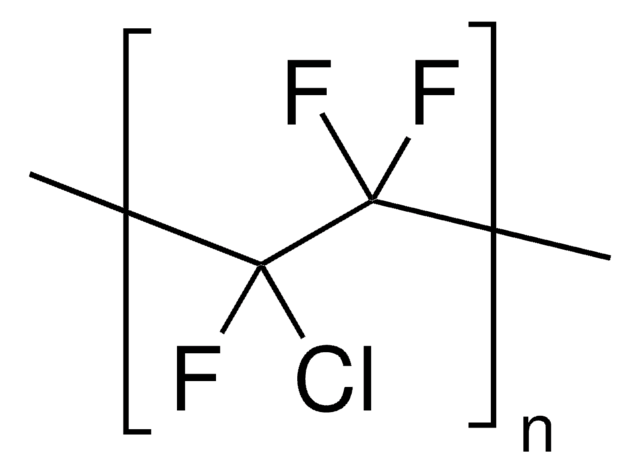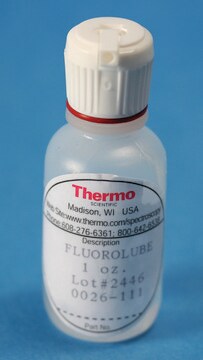About This Item
Recommended Products
form
powder
dielectric constant
2.6, 1 kHz (ASTM D 150)
hardness
75-85 (Shore D)
parameter
2E-3 cc/sec flow rate (230°C 100 MPa)
transition temp
Tg (DSC) 103 °C (onset)
Tm (DSC) 210 °C (onset)
density
1 g/mL at 25 °C
SMILES string
F\C(F)=C(/F)Cl
InChI
1S/C2ClF3/c3-1(4)2(5)6
InChI key
UUAGAQFQZIEFAH-UHFFFAOYSA-N
Looking for similar products? Visit Product Comparison Guide
Application
Features and Benefits
Storage Class Code
11 - Combustible Solids
WGK
WGK 3
Flash Point(F)
Not applicable
Flash Point(C)
Not applicable
Choose from one of the most recent versions:
Certificates of Analysis (COA)
Don't see the Right Version?
If you require a particular version, you can look up a specific certificate by the Lot or Batch number.
Already Own This Product?
Find documentation for the products that you have recently purchased in the Document Library.
Our team of scientists has experience in all areas of research including Life Science, Material Science, Chemical Synthesis, Chromatography, Analytical and many others.
Contact Technical Service







